Chip Clawson: A Ceramicist's Life
Ceramicist and Archie Bray constituent Chip Clawson started throwing functional pots while he was a college undergraduate in 1966. A few years later, he found work as a professional studio potter in Edinboro, Pennsylvania.
Chip's well-worn origin story is less important than its persistence or its aptness or its uncanny economy. Hands immersed in the clay, something inside of him bubbled up in an irrepressible effervescence. Pottery was a new outlook and a new sense of power, a mode of taking the reins on his terms.
"While I was in college," explained Chip, "I was living with a friend who was an art major, and in the evenings, I was in the studio exchanging time for mixing clay. I learned basic throwing and then I went into the Marine Corps. I didn't want to be an air traffic controller after the service. Honestly, nothing comes too easy for me. But clay did come easy. Soon, I was making pots and giving it a go out of an old garage."

From 1975-1977, Clawson worked as the ceramics studio technician at the University of Michigan. Clawson realized the voyager's life in Montana after he received an introduction to it from his friend Kurt Weiser, who had recently been named the director of the Archie Bray Foundation for the Ceramic Arts.
The day that realization dawned on him was one of the greatest, if not the greatest, of his life.
"I came out in March 1977, and it was 40 degrees here and dry, and I had just left a cold Chinook in Michigan, and pretty soon I had seen two mountain goats along the skyline, and that sealed the deal, and I fell in love with Montana. Since then the mountain goat has become my totem. I chose not to go back East. Recreation, beauty, and a low population density drew me here."
Resident artists Rudy Autio and Peter Voulkos were part of the original pottery building dedication at the Bray in 1951. But the organization slid into bankruptcy in 1960, and almost everyone except a couple of intense potters working out of a converted chicken coop had headed elsewhere. In 1966 potter David Shaner purchased an acre and a half of property on behalf of the newly minted Archie Bray Foundation for the Ceramic Arts. In the mid-1980s, Clawson and several others negotiated to acquire the original brickyard, and that purchase subsequently changed the entire scope of the organization. These days the Bray is noted for its artist-in-residence programs, drawing ceramicists from around the world.

Clawson served from 1977 to 2004 as its clay business manager and from 2009-2014 as the facilities manager.
"The Archie Bray today is a vibrant, fiscally sound organization," said Clawson, flooded by emotion. "I'm proud to say that I have even been a part of that. Though I've retired from there for the third and final time, my fingerprints are out there. It's a special place to me, where I've spent around 36 years out of the 41 years I've been here."
Additionally, Clawson has constructed several public art projects, including a couple of installations in Billings at the Montana Women's Prison and a low-income apartment complex.
Since 1998 he has been imparting layers of impulsive finesse in the backyard of his Helena home, a widening investiture of spiraled concrete columns pressed with random coats of tiny earthenware. Heavily influenced by Spanish architect Antoni Gaudi (1852–1926) and Edward James (1907-1984), a British poet known for his patronage of the surrealist art movement, Clawson delights in the constructs of his whims. Another of Clawson's most direct influences, Henry Chapman Mercer (1856-1930), was a major proponent of the Arts & Crafts movement in America who used tiles and mosaics in innovative fashions.
By playing the game of inspiration his way, Clawson lets his passion speak for itself. Indeed, the backyard visionary in him is perennially developing prototypes. Works merge clay, concrete, and other materials. Concrete is the property's most significant structural and visual element; ceramics are a smaller decorative part of the equation.
Art in the natural world, the living world, is a big influence for me. This kind of art, in my own home and my own environment, allows me to express what's coming out of me and is tied into where I am going. I draw inspiration from the natural, man-made, and site-specific worlds."
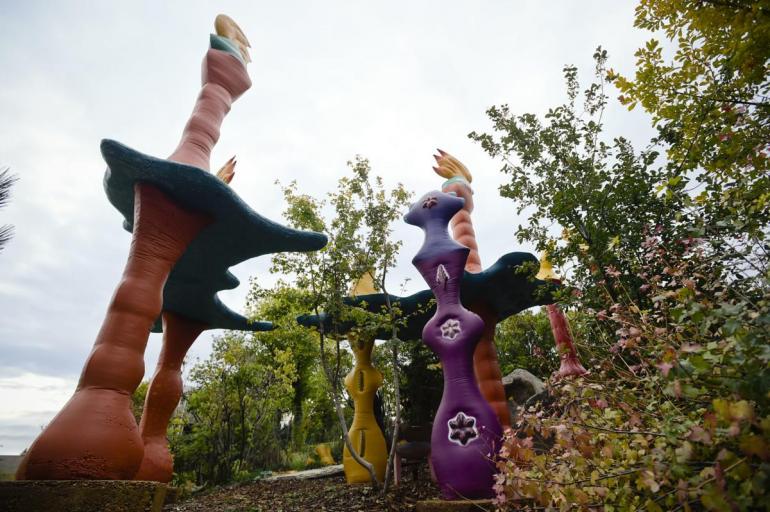
Clawson's innovative endeavors may also be seen locally at Pioneer Park, the Archie Bray, the Jefferson School (Buddy Benches), and the Fish Bench (Biggo) at the Great Northern Town Center. After Biggo was smashed in its nose in the spring of 2017, Clawson repaired the installation with matching pieces and fits. But in the summer of 2018, the installation's prominent convex surface was vandalized much more extensively.
"It's disappointing to me (the vandalism)," said Clawson. "I used to believe that graffiti was the primary concern, and this may be naive and ill-informed, but I believed that some respect was out there for public art."
Despite the random acts of defacement, Clawson said that the majority of people cling to a cherished view of public art and appreciate its manifold visual, emotional, and communal residuals.
"I get so much feedback from the community at the carousel about Biggo, especially with people and their children or grandchildren. I get a lot of feedback on it, and I like the work that I've done here."
At 75, art even now provides Clawson with stirring testimony and extensive new research. He spends his wintertime constructing forms in the four kilns that he operates in a Boulder Avenue studio. His endlessly evolving built environment provides him with a functioning mentality that's driven less by dramatic necessity than it is by the urgency to tap and utilize inner powers.
"I don't have to answer to anyone at this point," said Clawson. "I mean, the only thing that limits
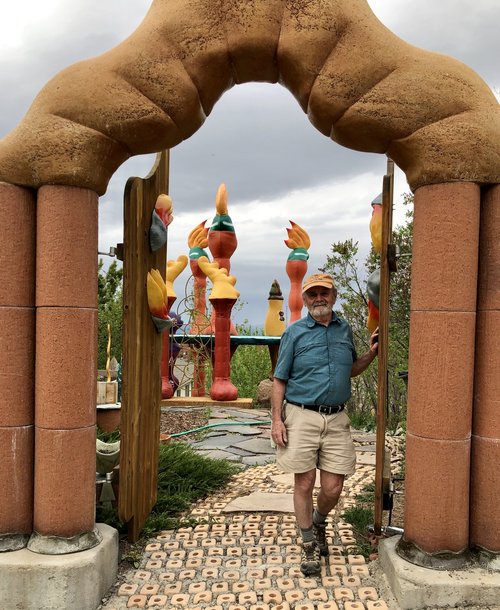
me is my own ability and my own imagination, and that's quite a gift. Fortunately, my neighbours like living with it, which is good because it is becoming more and more prominent in their lives. I'm building stuff, and I need to do that, and I can do it."
Reflecting on the ceramicist's life, Clawson said that the beauty of art is that it has never tried to force an answer upon him, but it has kept him calm and sharp, as well as allowed him to assemble a life impartially and judicially.
"Art has allowed me to live in Montana, and the work that I did was something that did more than only provide me with a pay-check."
Chip Clawson's outdoor sculpture environment may be viewed at 202 Pine Street, Helena, Montana.

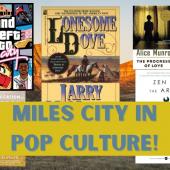

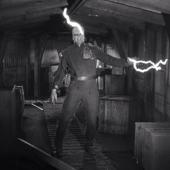

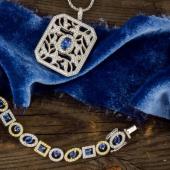



Leave a Comment Here